Urban landscapes are our most densely human-populated areas on the planet and experienced perhaps the most dramatic changes during covid-19 lockdowns. The fast return of nature to our cities during this period underlined just how de-natured our urban areas are, and highlights a need to establish a more harmonious relationship with the natural world. Rewilding in cities is a way of making strides towards achieving this.
The Year the Earth Changed
‘The Year Earth Changed’, narrated by David Attenborough, reflects on the dramatic changes the world experienced during lockdown and is brimming with inspiring images of wildlife adapting and thriving in unexpected areas without humans. Some of the documentary’s most striking imagery shows a stark contrast between wildlife and the urban areas they begin to invade, like a hippo wandering into a gas station in Saint Lucia or a puma prowling the streets of Chile.
The documentary highlights the ways in which we have excluded and negatively affected nature in our everyday lives, imploring us to find better ways to coexist with the natural world.
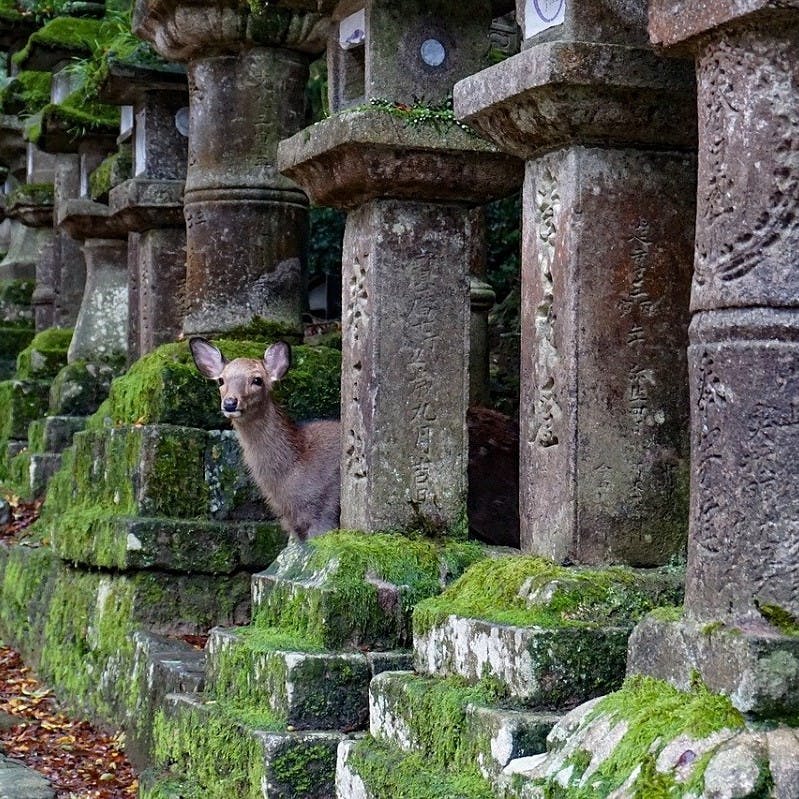
Building the case for urban rewilding
The UN predicts that by 2050, two-thirds of the world population will live in urban areas, even though cities take up less than 2% of Earth’s surface. Cities also consume two-thirds of the world’s energy and produce around 70% of the world’s carbon dioxide emissions.
Now that we have returned to our briefly abandoned spaces, we must work to improve our cities, taking lessons from the pandemic and knowing the paramount importance of nature to our lives. Although rewilding is generally associated with rural projects, rewilding in cities is just as dynamic and exciting and aims to achieve many of the same goals. Urban rewilding looks to restore natural processes and reintroduce nature on a city scale and has a wide range of benefits, from improving health to helping to tackle the biodiversity and climate crises. It aims to balance the needs of humans and wildlife to create better urban landscapes for all.
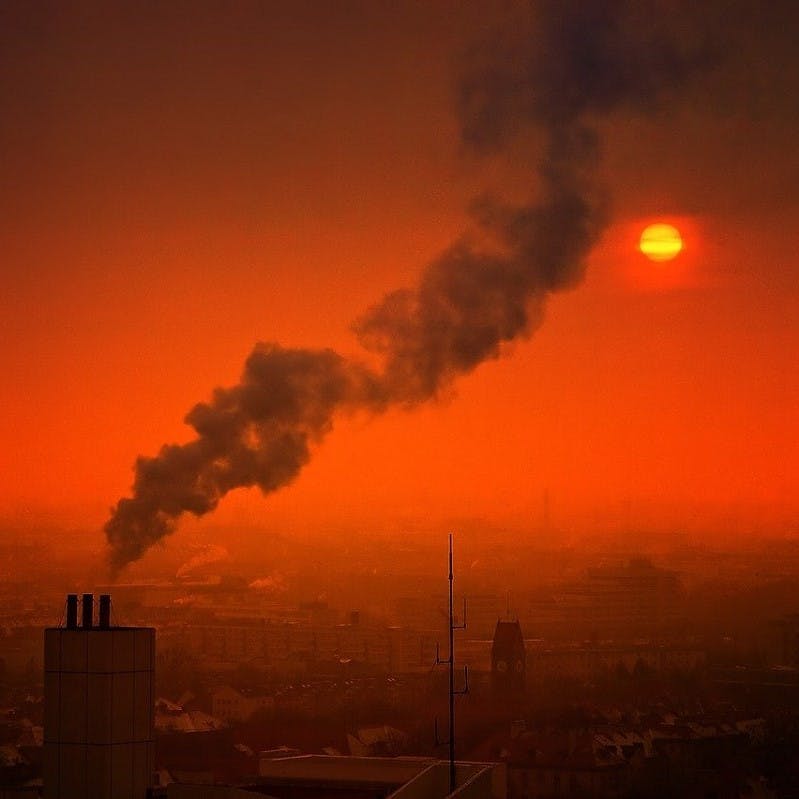
Why rewild our cities?
There are numerous compelling reasons why we should rewild our cities. Here, we will look into three main categories: environmental, social and economic.
Environmental benefits
Rewilding cities can help mitigate the effects of climate change by making our cities more resilient. Many of the threats cities face from climate change, such as an increasing frequency of extreme weather events, an increasing threat of tropical diseases, and rising sea levels, could be reduced through urban rewilding in the following ways.
- Restoration of natural areas and processes, such as the capture and storage of rainwater by trees.
- Reduction of city pollution and sequestration of carbon in the atmosphere.
- Boosting biodiversity by introducing more green areas and recovering diverse natural spaces. This could provide food and habitats for wildlife and form green corridors to link together fragments of nature.
- Urban rewilding could also reconnect those living in cities with nature, enabling people to develop stronger connections, recognise its importance and foster a sense of stewardship of the natural world.
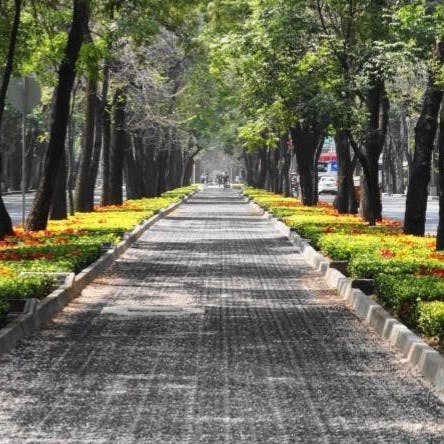

Take action now
Do you want to have a direct impact on climate change? Sir David Attenborough said the best thing we can do is to rewild the planet. So we run reforestation and rewilding programs across the globe to restore wild ecosystems and capture carbon.
Get involvedSocial benefits
Introducing more green spaces could improve both mental and physical health and therefore improve the quality of life of those living in cities.
Spending time in nature has shown to lift your mood, reduce loneliness, stress and anger, and help you relax. There’s also evidence to suggest that it improves your memory, boosts confidence and can help treat mental health problems, such as anxiety and depression. Some studies even show that just having a view of green spaces has a positive effect on mental health. All of which are especially important considering how widespread eco anxiety is becoming.
There are also many physical health benefits. For example, spending time in nature may lower your blood pressure, improve the function of your immune system and reduce your chances of having eyesight problems. Green spaces can also encourage more physical and social activity and ease pressure on local health service providers.
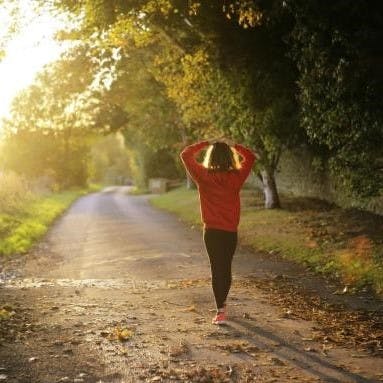
Economic benefits
Connecting our cities to natural processes could mitigate problems associated with urban areas. For example, a common problem in cities is the ‘urban heat island’ effect, a phenomenon that occurs in dense urban areas when heat generated by human activity (e.g. by people, transport, industry) is trapped by concrete structures. As a result, urban areas are a few ºC hotter than the neighbouring countryside. The associated problems with this include:
- Increased demand and expenditure on cooling, resulting in higher energy consumption and burning of fossil fuels.
- More pollutants emitted and therefore poorer air quality, amplifying heat-related illnesses and mortality.
- Warmer water within a city is released into streams, rivers, and lakes, creating problems for aquatic ecosystems.
Rewilding urban areas can play a major role in addressing these problems whilst creating benefits in other areas.
- By introducing more greenery, particularly on roofs, plants could reduce the 'urban heat island' effect by providing shade and cooling the air through evapotranspiration.
- This also removes air pollution, sequesters carbon, and regulates water in the city by trapping storm water and filtering out pollutants that the rain carries.
- Rewilding could make a place more attractive, generate nature-based tourism and save money by making the city more resilient to events like flooding.
- Rewilding cities could also reduce the need and cost for active management of our green spaces. This includes procedures such as mowing lawns, using pesticides, watering, and weeding, since rewilded areas can have higher biodiversity and also be self-regulated.

Ways to rewild a city
At its core, urban rewilding is about bringing back elements of wilderness, embracing natural processes and restoring ecosystems with less human interference. Rewilding within this city context can be done through small and big actions at an individual and city-wide scale.
How you can rewild at home:
- Introduce structures that attract and accommodate urban animals, like insect hotels, frog houses and bird boxes.
- Create a variety of habitats, like hedgerows, window boxes and mini-meadows.
- Grow pollinator-friendly plants in any available pocket of green space, regardless of how small it is. Find out more in our Rewild your Garden article.
Contact your local authorities to:
- Leave wild areas in our parks.
- Stop the cutting back of weeds and reduce the use of pesticides.
- Rewild unused spaces, such as roadside verges and abandoned buildings. If all roadside verges in the UK were converted to meadows then 1.2% of the country’s total landmass would already be rewilded.
- Install rooftop beehives, planting more trees and creating green roofs and walls.
- Some urban areas could reintroduce keystone species, such as water voles or beavers, to help restore ecosystems.
- Finally, on an even greater scale, our city buildings could be designed to accommodate wildlife, like the Mellor Primary School in the Lake District, and incorporate biophilic designs. For guidance on how to approach local authorities, read our guide on a Political Toolkit for climate action.
There are so many possibilities but there is no one fixed way to rewild since methods must ultimately adapt to a city’s specific climate, its regional species, and the existing architecture. However, an important first step is to rewild our mindset and in pursuing these actions, you can help make your city greener.
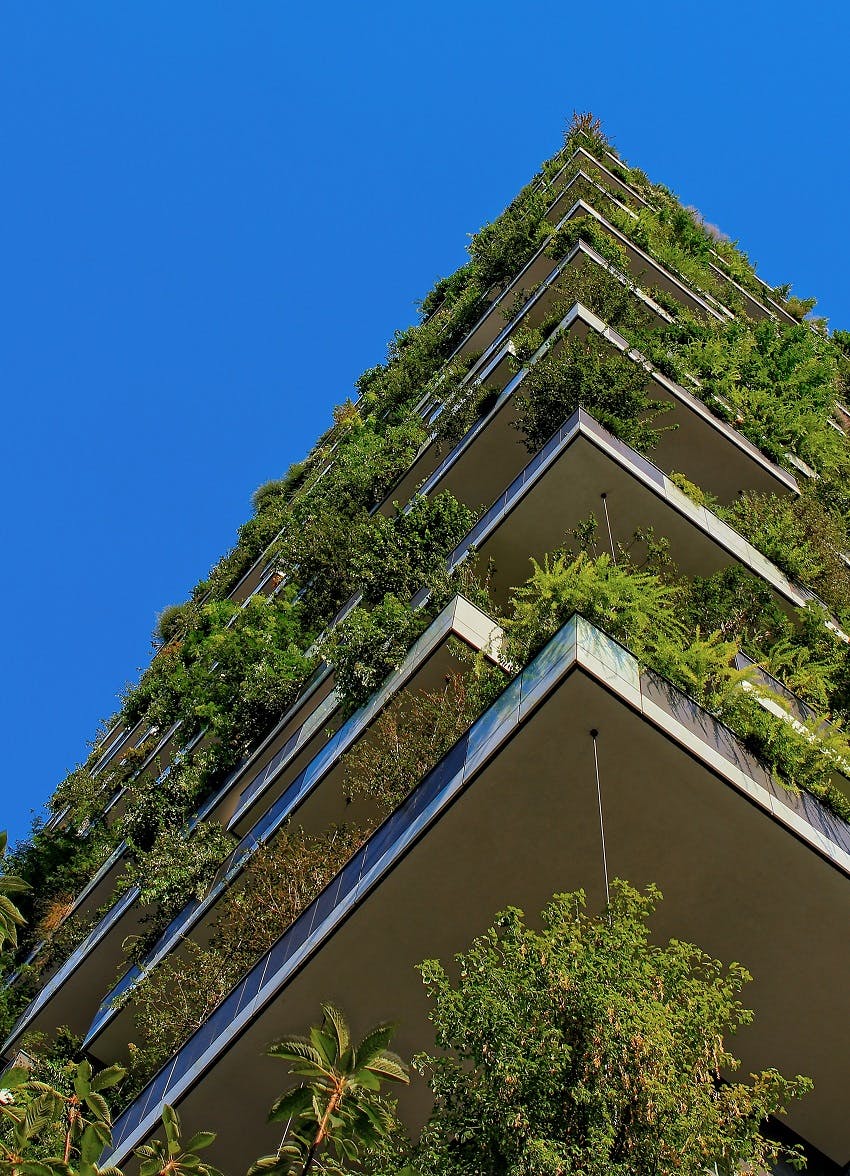
Misconception and fears
People are often skeptical of rewilding because it is sometimes associated with the reintroduction of large animals and of a return to a pre-human environment. However, urban rewilding focuses on finding a compromise between the needs of humans and nature, and hopes to include cities as part of a wider solution to nature’s current decline. This rewilding is more on the scale of planting wildflowers, designing better, sustainable urban spaces and changing our ideas of what cities must look like.
That being said, while urban rewilding won’t see the reintroduction of apex predators, smaller animals like water voles might be introduced to help ecosystem restoration and our cities might see more animals like birds, bees, and butterflies. City rewilding and how it hopes to play a role in restoring ecosystems and natural processes might also reduce animal/human conflicts since we would be reducing the human disturbance on animal habitats that forces them to adapt and enter our urban areas.
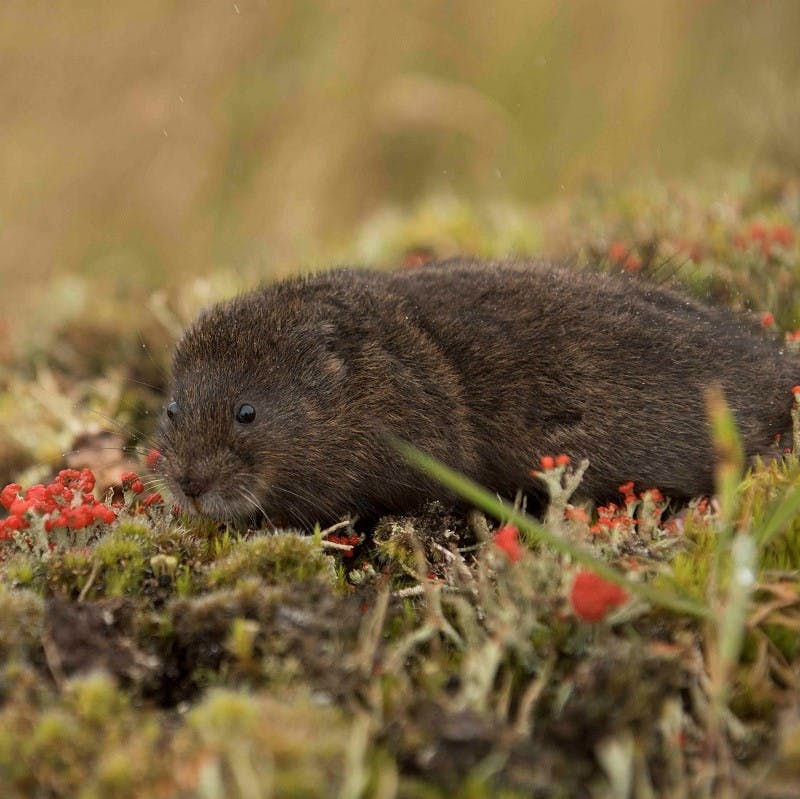
Existing city rewilding projects
Singapore
Singapore is widely considered to be one of the greenest cities on the planet, while also having an advanced economy and one of the densest populations in the world. It’s known as a ‘Biophilic City’ and ‘City in a Garden’ because of how it seamlessly blends urban and natural environments.
Singapore have worked to rewild their spaces by: introducing green walls and roofs (and incentivising people to install them); installing 18 ‘Supertrees’, 50 meter tall artificial trees that contain over 150,000 diverse plants and act like trees by filtering rainwater, generating solar power and providing shade; and creating 150 kilometres of ‘Nature Ways’, which mimic the multi-layered structure of a rainforest habitat and act as green corridors to boost biodiversity.
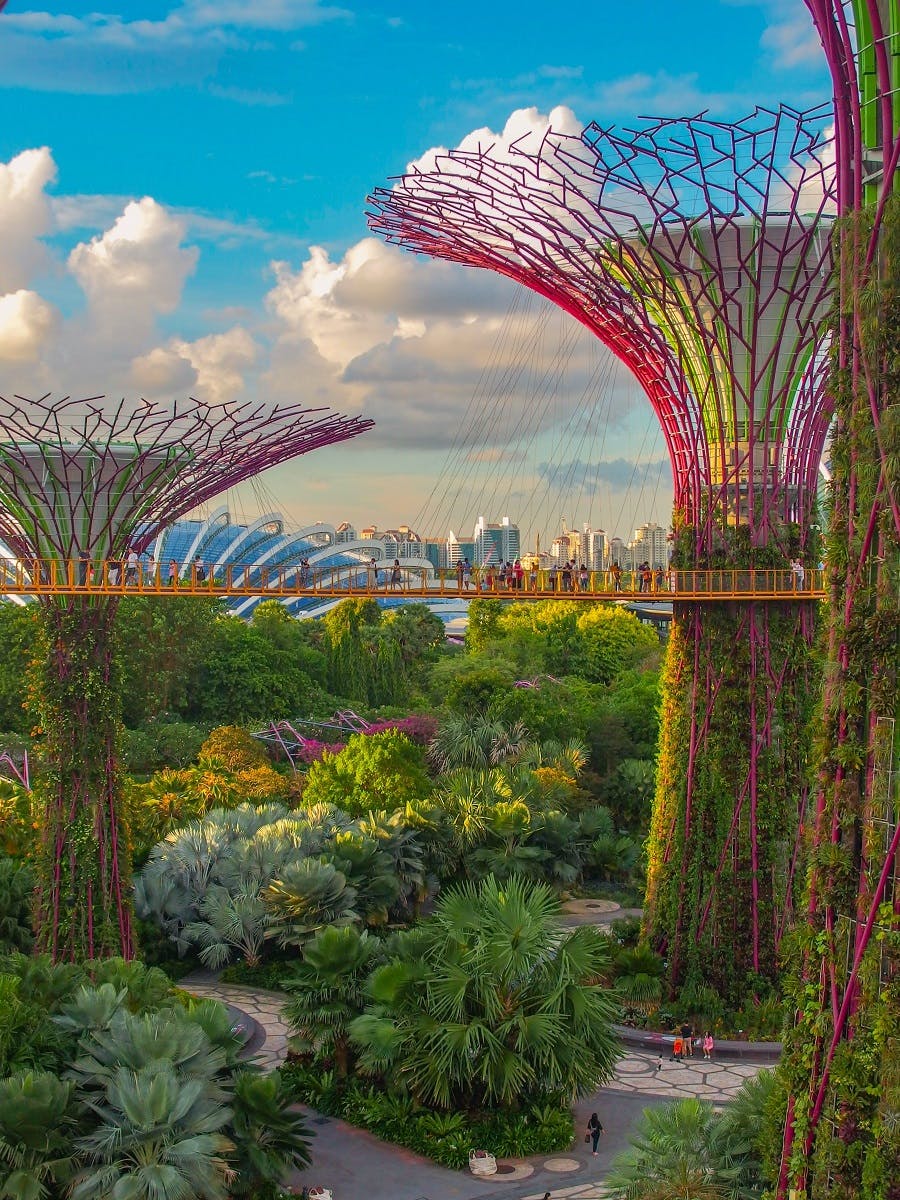
Others following suit
In Dublin, the city council reduced mowing and use of pesticides and so 80% of its green spaces are now pollinator friendly.
Abandoned spaces have become successfully rewilded in: Germany, where abandoned lots in Frankfurt, Dessau and Hanover were transformed into wildflower meadows.
New York, where a former railway track has been transformed into a public park; and Nottingham, which restored a central shopping centre into a wetland.
In the city of Harbin, an urban storm water park has been created to filter and store storm water as well as provide habitats and recreational use for residents.
Other cities are beginning to utilise nature-based buildings. For example, Liuzhou Forest City in China began construction in 2020 and will be the world’s first forest city. An estimated 40,000 trees and 1 million plants from over 100 species will cover the facade of all buildings and infrastructure, absorbing around 10,000 tons of carbon dioxide and 57 tons of pollutants per year, while producing about 900 tons of oxygen. The city will be energy self-sufficient (using geothermal and solar power) and will be integrated into the surrounding environment.
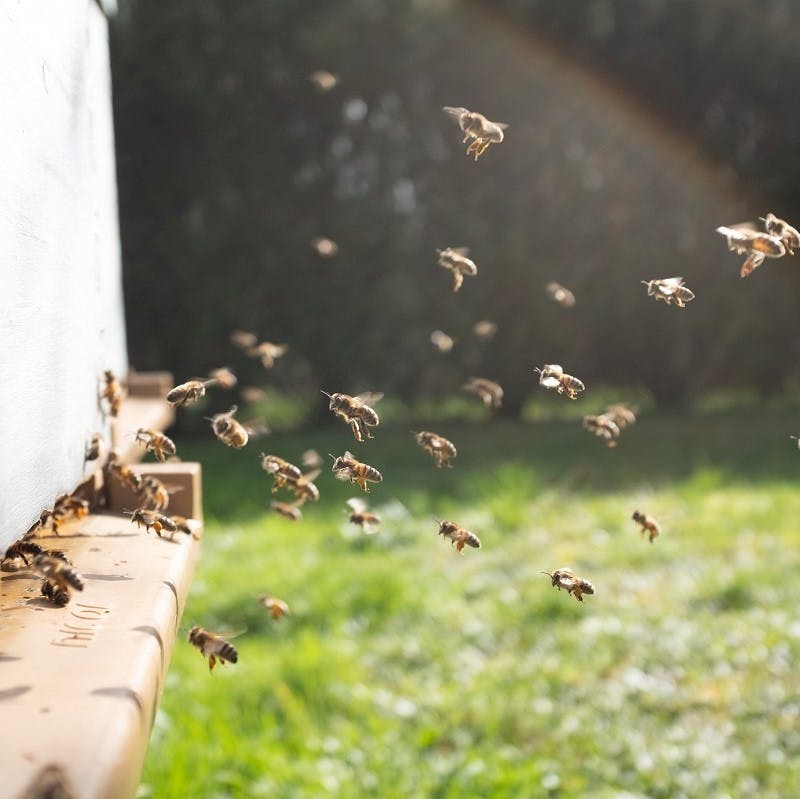
Conclusion
Urban rewilding is both daunting but hugely hopeful. It challenges our assumptions about where conservation and nature restoration can be done and recognises how cities are complicit in nature’s decline. It will take time to shift out of the mindset of wanting to completely manage nature in cities but given the enormous benefits of having ecologically rich urban environments, it seems that urban rewilding is something we must all participate in.
Although adapting cities is a small part of the wider rewilding effort, urban spaces will be a key area to focus on and hopefully, through rewilding and connecting people to nature, we can transition to having greener, wilder, and truly sustainable cities.
The magnitude of threats posed by climate change drove us to create the Mossy Earth Membership - a simple and effective way for you to make a difference. Join and you will fund high impact rewilding projects that restore wilderness and biodiversity. Check out our range of rewilding projects you could be supporting each month!
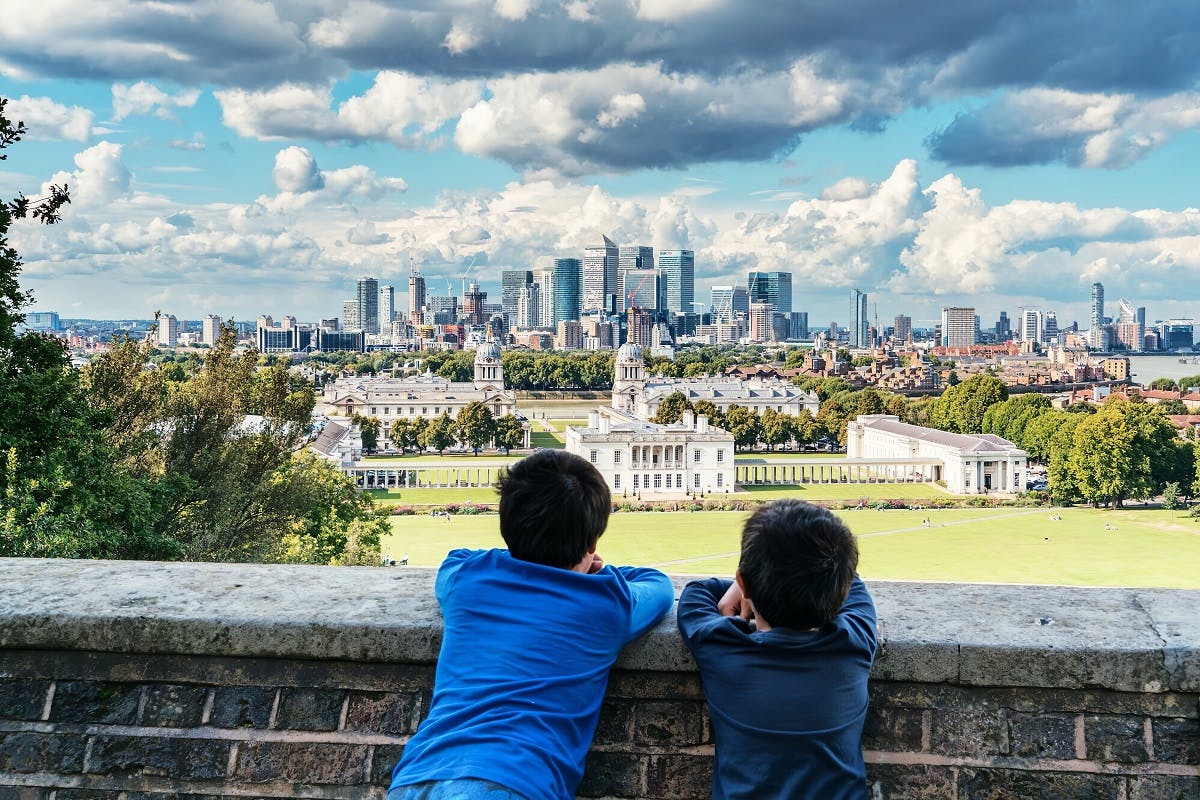
Glossary
Biophilic design: design influenced by the idea of biophilia, an innate human attraction to nature; designs aim to connect occupants to the natural world.
Carbon sequestration: the removal of carbon dioxide from the atmosphere.
Ecosystem services: the benefits that ecosystems provide for humans such as water and air purification.
Green roofs/walls: when a layer of vegetation partially or completely covers a roof or wall.
Sources & further reading

- “What is Urban Rewilding?” - Citizen Zoo
- “Wild Cities” - The Guardian
